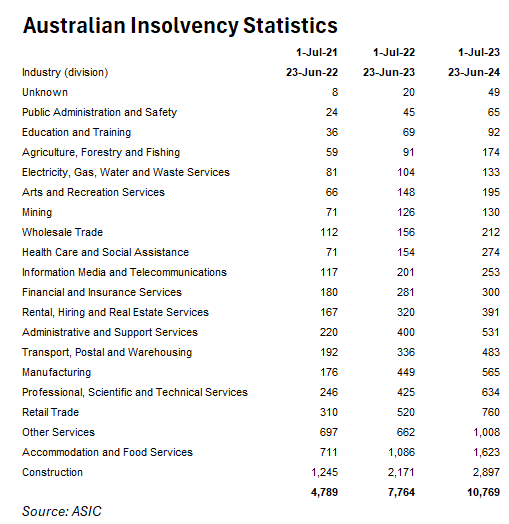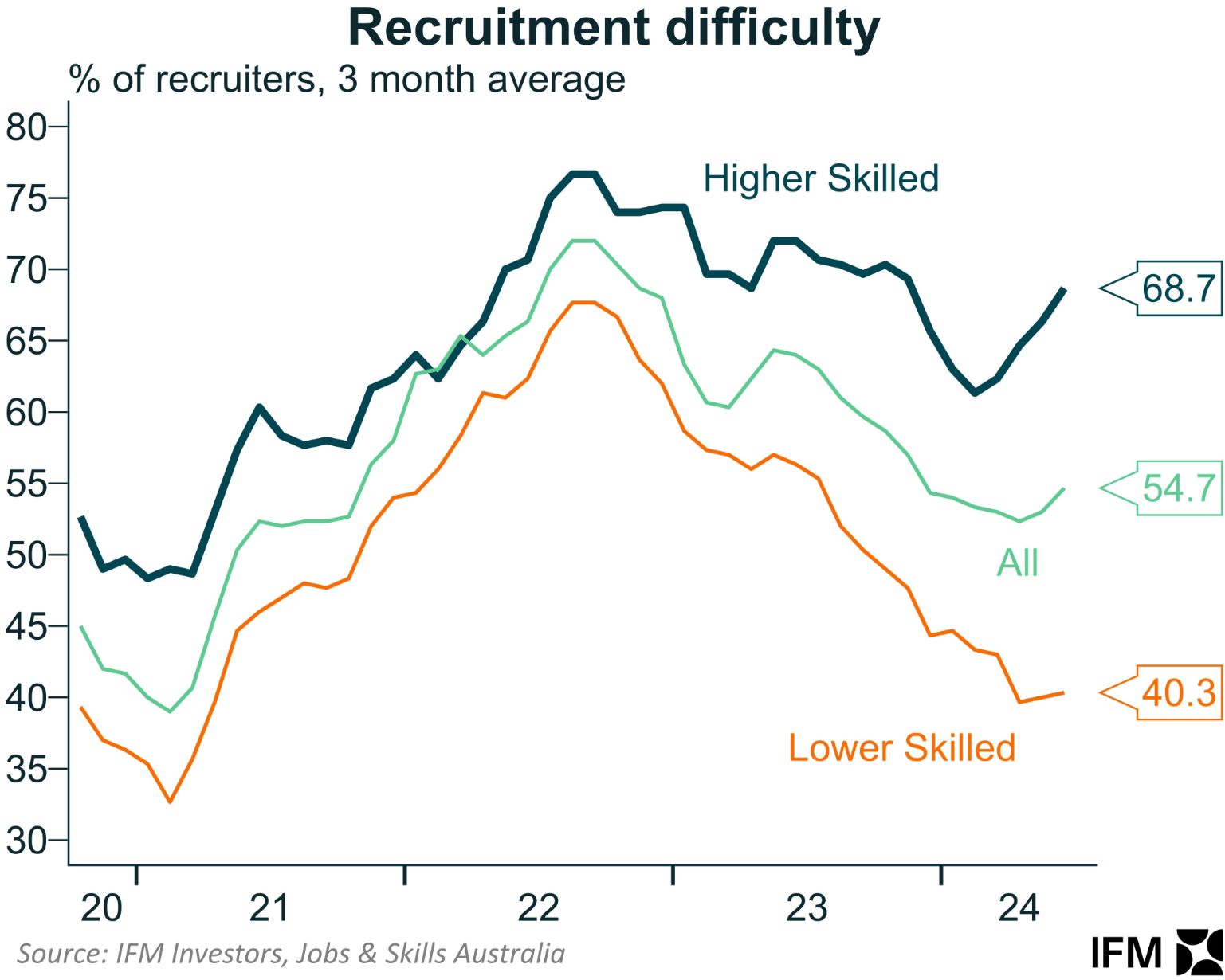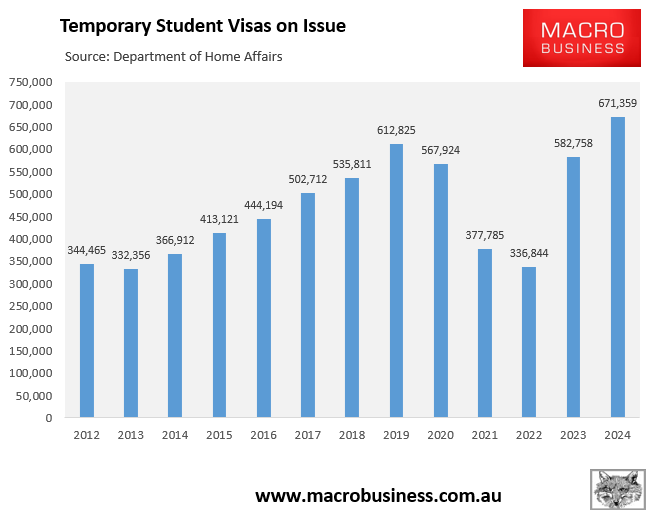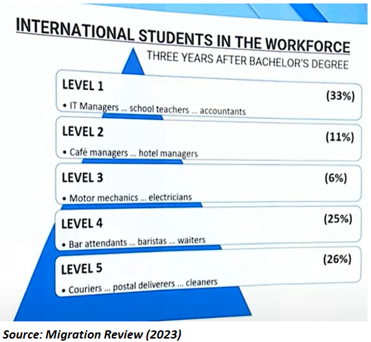The number of cafes has grown dramatically across Australia during the last two decades.
When I moved to Melbourne’s Ashburton area in 2006, my local High Street strip shop had about four cafes.
Over the next 18 years, I observed the number of cafes grow to ludicrous numbers.
There are now more than a dozen cafes on or near High Street, the majority of which remain unoccupied during the day.
The story is identical throughout Melbourne, and certainly throughout Australia.
While a few select cafes thrive and attract large customer bases, the majority struggle to make ends meet.
There are simply too many cafes for the level of demand amid rising living costs. Given the hyperinflation of mortgage payments and rentals, who can afford $5 for a lukewarm coffee and $20 for eggs on avocado toast?
Earlier this month, The Australian reported that “twice as many hospitality businesses going under versus a decade ago”.
The claim was in response to ASIC data showing that more than 1600 firms in the accommodation & food services industry had become insolvent in the 2023-24 financial year.

The jump in insolvencies followed a “30% increase in average food costs over the past three years” and “surging energy bills”.
Independent Food Distributors Australia chief executive Richard Forbes warned that the “number of businesses going broke will continue in food service” and that Australians might be “heading for $10 cappuccinos and $100 steak & chips”.
Westpac’s latest card tracker shows that spending on hospitality services has fallen especially hard, despite strong inflation (4.0%) and population growth (2.5%):

A shakeout of the cafe scene would actually be a good thing for the nation, as it would free up labour and capital for more productive pursuits.
However, in the short-term, it will be painful for lower skilled workers, which are already way oversupplied:

The record rise in international students is partly behind the boom in low-skilled workers:

As reported in the Migration Review, international graduates are also overwhelmingly working in low-skilled jobs like hospitality:

Therefore, young Australians may face a sharp increase in unemployment as rising labour supply meets slowing job creation.

